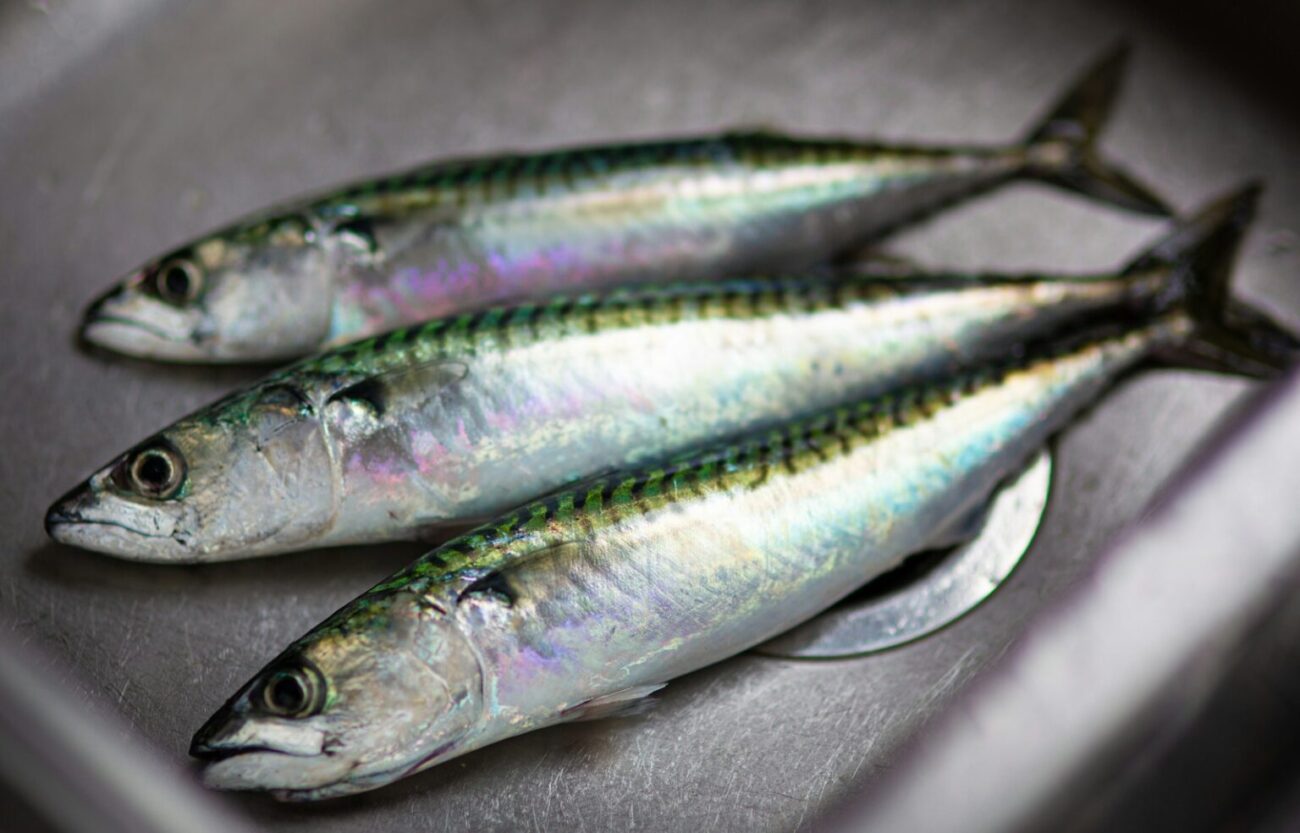In the world of nutrition, few foods are as underrated and nutritionally rich as herring. This small, oily fish has been a staple in traditional diets across Europe, Scandinavia, and Asia for centuries. Packed with health benefits and full of flavor, herring deserves a spot on your plate.
In this post, we’ll explore the nutritional benefits of herring, why it’s worth adding to your diet, and how to prepare it in simple, delicious ways.
🐟 Why Herring?
Herring is a saltwater fish that lives in the North Atlantic and Pacific Oceans. It’s often sold fresh, pickled, smoked, or canned. Despite its modest appearance, herring is a nutritional powerhouse.
🌿 Top Health Benefits of Herring
1. Rich in Omega-3 Fatty Acids
Herring is loaded with EPA and DHA, two essential omega-3 fatty acids that:
- Support brain health and cognitive function
- Reduce inflammation
- Lower the risk of heart disease
- Improve mood and mental clarity
Just one serving of herring can meet or exceed your daily omega-3 needs.
2. High-Quality Protein
Each 100g serving of herring provides around 18–20g of protein, which helps build muscle, repair tissue, and support your immune system.
3. Excellent Source of Vitamin D
Herring is one of the best natural food sources of vitamin D, which is essential for:
- Bone health
- Immune function
- Mood regulation
This makes it especially valuable during the darker winter months when sun exposure is limited.
4. Loaded with B Vitamins
Particularly B12, niacin, and riboflavin, which support:
- Nerve function
- Energy production
- Red blood cell formation
5. Supports Heart Health
The omega-3s, antioxidants, and anti-inflammatory nutrients in herring help:
- Reduce blood pressure
- Improve cholesterol levels
- Protect against cardiovascular disease
🍴 How to Prepare Herring: Rules & Tips
Herring can be enjoyed in various ways, depending on your taste and culinary tradition. Here are some key tips for preparing it safely and deliciously.
🧂 1. Pickled Herring (Traditional European Style)
How: Marinate raw herring fillets in vinegar, sugar, onions, and spices.
Tip: Let it sit for at least 24 hours in the fridge. Enjoy with rye bread, boiled potatoes, or eggs.
🔥 2. Pan-Fried or Grilled Herring
How: Coat cleaned fillets in flour and pan-fry in olive oil or butter until golden.
Tip: Serve with a squeeze of lemon and a side of roasted veggies or salad.
🌬️ 3. Smoked Herring
How: Buy pre-smoked fillets or smoke them at home if you have the equipment.
Tip: Smoked herring adds bold flavor to pasta, rice, or salads.
🥫 4. Canned Herring
How: Found in oil, tomato sauce, or mustard—great for convenience.
Tip: Use in sandwiches, on toast, or mixed into grain bowls.
⚠️ Preparation Rules & Safety Notes
- Watch the salt content: Pickled and smoked herring can be high in sodium. Eat in moderation if you’re watching your salt intake.
- Check for bones: Herring can contain small bones, so debone carefully if you’re cooking it fresh.
- Choose sustainably sourced herring where possible to support ocean health.
- Store properly: Keep refrigerated and consume fresh herring within 1–2 days, or follow packaging guidelines for preserved forms.

Herring is one of the healthiest fish you can eat—nutrient-dense, affordable, and incredibly versatile. Whether pickled, grilled, or smoked, it brings a burst of flavor and a wealth of health benefits to your table.
If you’re looking for a simple way to boost brain function, protect your heart, and get more high-quality protein and vitamins, give herring a try. Your body (and taste buds) will thank you!
Have a favorite herring recipe or family tradition?
Share it in the comments below!

